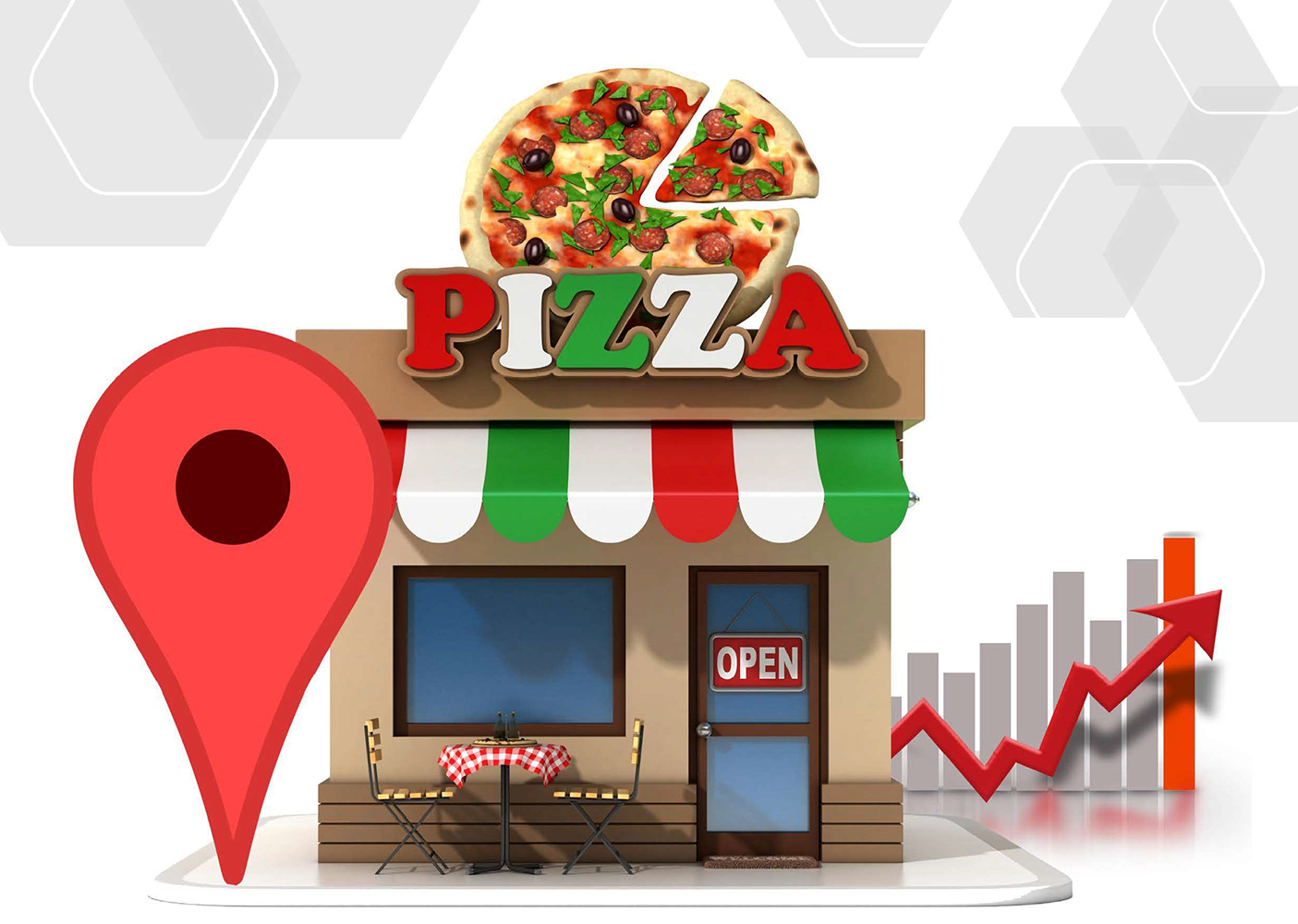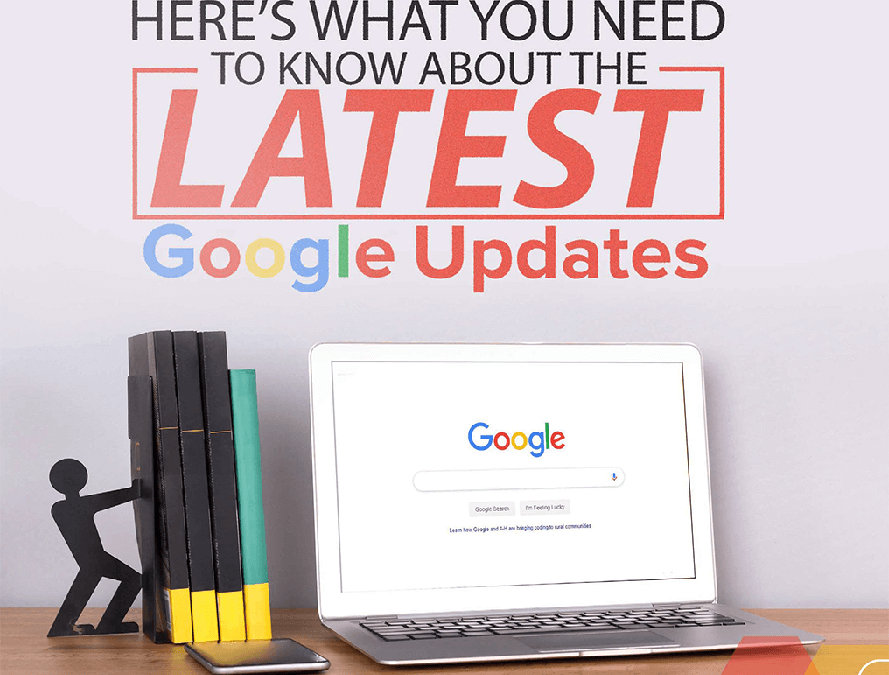When it comes to marketing, Google’s the 800-pound gorilla in the room. Impossible to ignore and if you can get it on your side, you’ll be better off than you would if you tried to fight it.
Every marketer knows that Google’s algorithms are proprietary. For that reason, using Google as a marketing tool can be tricky. You’ve got to make your best guess about what will work in most cases.
That said, every once in a while Google does marketers a solid and releases information about updates. That’s what happened in May 2019, when Google announced several new marketing updates all at once. Here’s what you need to know about them.

LOCAL CAMPAIGNS
Let’s start with an update that’s likely to be very important for local businesses. Google is calling it Local Campaigns, and it’s designed to help small businesses use Google advertising to attract walk-in traffic. As a local business owner, you know that getting customers in the door is half the battle when it comes to increasing sales.
Here’s how it works. To create a Local Campaign, the first thing you need to do is to provide Google with the store locations that you’re promoting. You can do that by linking your campaign to your Google My Business account or, if you’ve got more than one location, you can select affiliate locations.
In addition to store locations, you’ll need to provide a campaign budget and ad assets. (Ad assets may be copy, images, videos, and anything
else you use to promote your business.) Once you’ve entered that information, Google uses machine learning to automatically:
- Optimize your keyword bids
- Optimize your ad placements
- Optimize your ad assets in the best combinations
You should also know that Local Campaign ads will appear across Google’s properties, including the Google Search Network, Google Display Network, YouTube, and even Google Maps.
In other words, Google’s taking a lot of the guesswork out of local marketing by creating an automatic system for marketers to use to maximize store visits.

DISCOVERY AND GALLERY ADS
The next cool update from Google you need to know about is something called Discovery Ads. Google explained the reasoning behind them like this:
In a recent Google / Ipsos study, we saw that 76 percent of consumers enjoy making unexpected discoveries when shopping. And 85 percent of consumers will take a product-related action within 24 hours of discovering a product: reading reviews, comparing prices or purchasing the product—sometimes all at once! Google Discovery Ads give local businesses the opportunity to ensure that people who are shopping online have access to their best content without needing to search for it. These ads differ from traditional Google ads in three important ways:
1. They use rich and relevant content you provide to inspire consumers while showcasing your brand or products. The content you provide appears in a swipeable image carousel that’s “rendered natively across each Google property.”
3. They can help you reach a large audience of people with a single campaign because they appear across multiple Google properties, including the YouTube home feed, Gmail Promotions tab, Gmail Social tab, and the feed in Discover. (That’s Google’s new name for the Google feed.) You’ll be able to track your results easily and see which content is performing the best.
A related update that’s coming later in 2019 focuses on Gallery ads. Gallery Ads are a new search ads format that delivers more of your original content to Google’s search results page. It uses an interactive visual format to help you show what your business has to offer.

FRICTIONLESS MOBILE EXPERIENCES
Do you have an app for your business? If so, then Google’s new frictionless mobile update will be a welcome one.
Frictionless mobile is designed to help local business encourage mobile interaction with their customers by eliminating obstacles – or friction – in mobile app use and shopping. For example, it:
- Uses mobile-friendly text to optimize your landing pages for mobile users
- Provides mobile-optimized versions of your landing pages
- Allows you to peek at your competitors’ mobile sites to get ideas
- Decreases page loading times
- Removes popups and other interstitials that can discourage buying
- Provides “sign in as a guest” shopping options and one-click purchasing to streamline mobile shopping
Even if you don’t have a mobile app, your mobile store may see an increase in sales if you use frictionless mobile to improve the user experience.

STRUCTURED DATA FOR ORGANIC SEARCH
The final big update you need to know about is that Google is now allowing local businesses to use structured data to control the way their content appears in organic searches.
One of the best ways to use structured data is to incorporate it in your Frequently Asked Questions. If you do it properly, you can identify Featured Snippets that will appear when people search your keywords or look for your company online.
The biggest benefit of featured snippets is that they appear right at the top of Google’s search results. They’re highlighted in a way that draws users’ eyes to them and gives your local business a boost by increasing its visibility.
Want an idea of how much-featured snippets can boost your marketing results? According to a study from Ahrefs, featured snippets:
- Can steal traffic from the #1 ranked site. Without a featured snippet appearing above it, the top-ranked site on the search page gets about 26% of the traffic. With a featured snippet, that number drops to 8.6%, with the second page getting more than 19% off the traffic.
- The number of clicks on any SERP drops from 74.2% to 70.2% when there’s a featured snippet there. That makes sense, since the goal of a featured snippet is to give searchers the answer they want without clicking.
And, because only about 12% of sites use structured data, you can get a leg up on your competitors by taking advantage of this new Google feature.
Google changes all the time, but these new Google marketing updates represent a significant opportunity for local businesses to improve their marketing game and attract the lion’s share of traffic.

